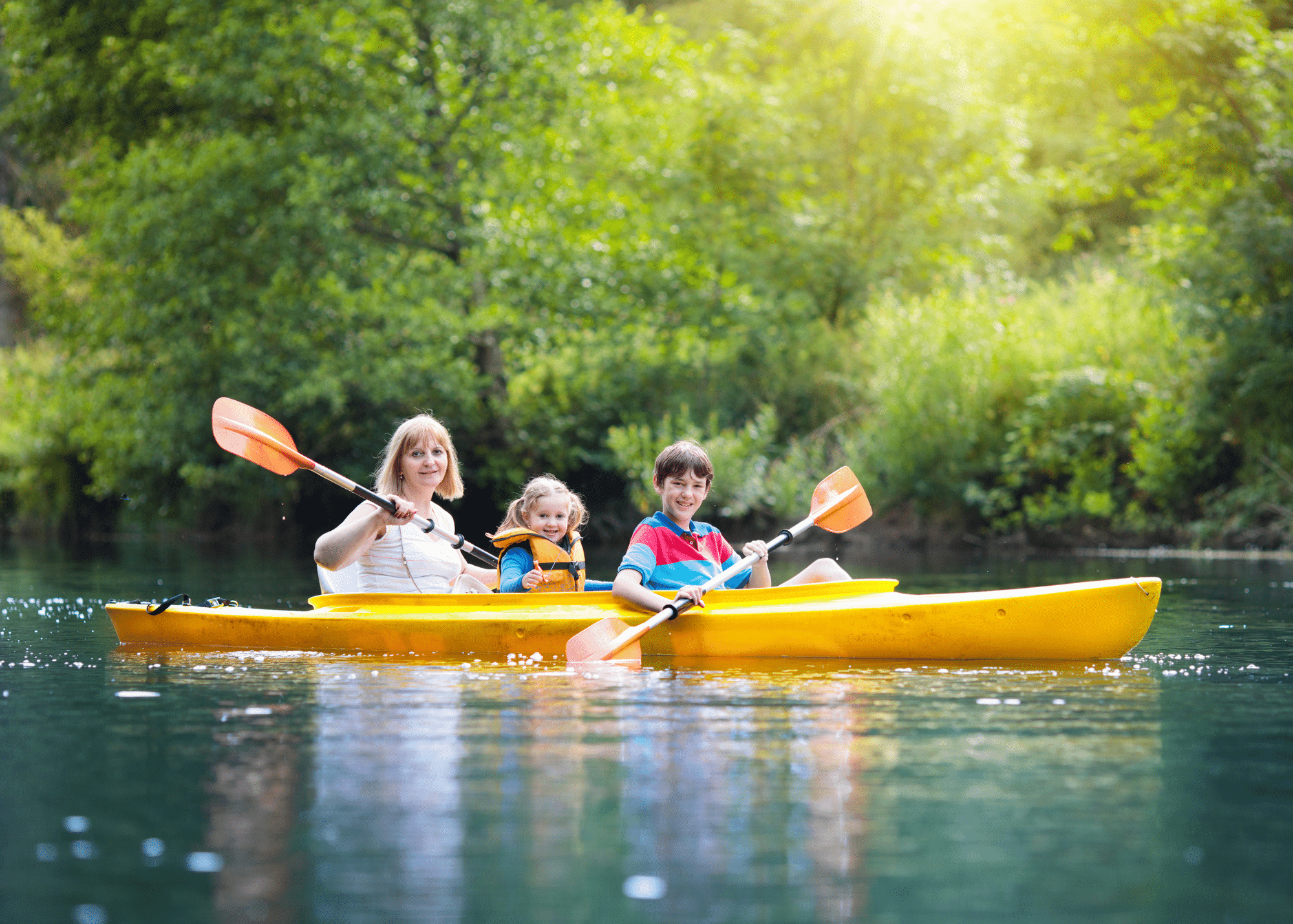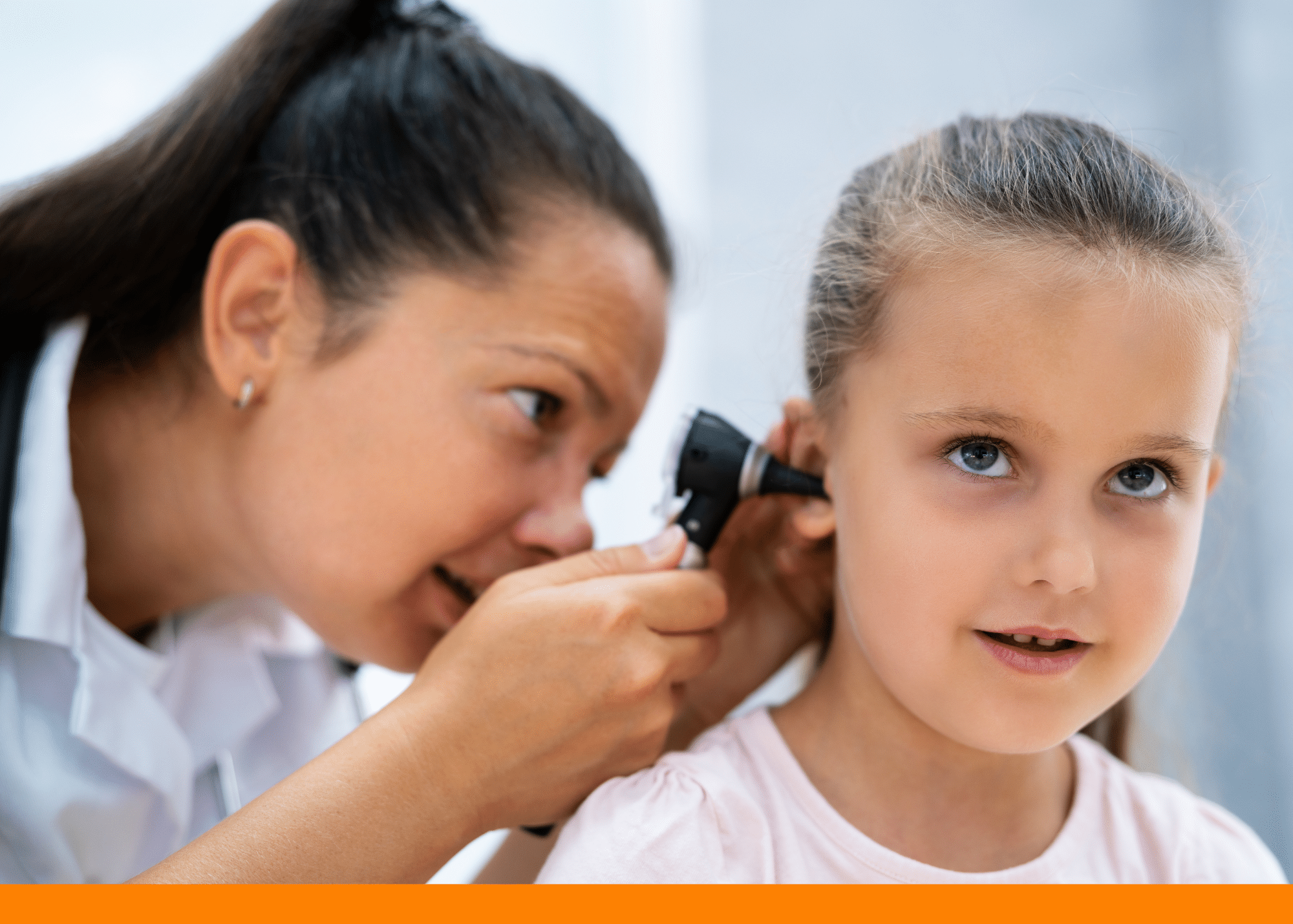
MOVING TOWARDS A HEALTHY FUTURE: A GUIDE TO PHYSICAL ACTIVITY FOR CHILDREN AND TEENS
By: Mario Davila, MD
Forming healthy habits, like balanced nutrition and regular activity, during childhood creates a foundation for a lifetime of good health. The benefits from living healthy are numerous—better focus, positive outlook, more energy, and greater success in school to name a few.
On the flip side, a sedentary lifestyle can lead to depression, anxiety, fatigue, and the development of health issues.
One of the best ways to get and keep your children active is doing it together as a family. It’s important to carve out time each day to create the space to be active and explore opportunities for new activities. It can be as simple as taking a walk or playing catch in your backyard. Incorporating a variety of activities will keep children engaged and creates a sense of healthy curiosity.
PHYSICAL ACTIVITY GUIDELINES BY AGE
The US Department of Health and Human Services recently released the Physical Activity Guidelines for Americans. Below are some of their recommendations by age group starting at age 3.
Preschool-aged children, Ages 3-5
- Encourage active play as well as structured activities.
- a reasonable target may be 3 hours per day of activity of all intensities: light, moderate, or vigorous intensity.
School-aged youth, Ages 6-17
- Encourage moderate to vigorous physical activity for periods of time that add up to 60 minutes or more each day.
- It’s important to include aerobic activity as well as age-appropriate muscle- and bone-strengthening activities.
- Aerobic: Most of the 60 minutes or more per day should be either moderate- or vigorous-intensity aerobic physical activity and should include vigorous-intensity physical activity on at least 3 days a week.
- Muscle-strengthening: As part of their 60 minutes or more of daily physical activity, children and adolescents should include muscle-strengthening physical activity on at least 3 days a week.
- Bone-strengthening: As part of their 60 minutes or more of daily physical activity, children and adolescents should include bone-strengthening physical activity on at least 3 days a week.
As children reach adolescents their physical activity tends to decrease. It becomes even more important for parents to encourage activity, present new opportunities, and highlight the importance of activity in their physical and mental wellbeing.
PHYSICAL ACTIVITY IDEAS & OPTIONS
Sometimes we can all get in a rut and need ideas of ways to incorporate activity into our daily lives. The key is to keep it fun! The more enjoyable the activity is the more likely your children and teens will stay engaged. Need some ideas—we’ve got you covered!
Preschool Aged Children
- Swimming
- Gymnastics
- Playground time
- Skipping
- Jumping rope
School-Aged Children
- Bike riding
- Playing tag
- Martial arts
- Rope climbing
Teens
- Kayaking
- Yard work
- Tennis
- Weight machines
- Yoga
THE ROLE OF PARENTS AND GUARDIANS
Your child’s most important role model when it comes to healthy behaviors is you! When you are active you send positive messages about the importance of overall wellbeing. Your children look to you for how to approach different situations and by giving them the confidence to try new things, you create a pathway towards lifelong health.
Make time for fun play, practice a new sport with them at home and go to their games to cheer them on and show encouragement. Your child will notice more than you know.
MAKING PLAY FUN
Being active doesn’t always have to mean engaging in a guided sport. You know your family better than anyone—think about what things you enjoy together. Maybe it’s going camping and walking to the pond to fish. Or it could be a walk after dinner to enjoy the playground for an hour. Go to the park and fly a kite. Does your family like a good competition? Go ahead and create a fun relay race or obstacle course in your backyard.
Always remember that this time together also helps build trust, communication, and collaboration withing your family dynamics.



